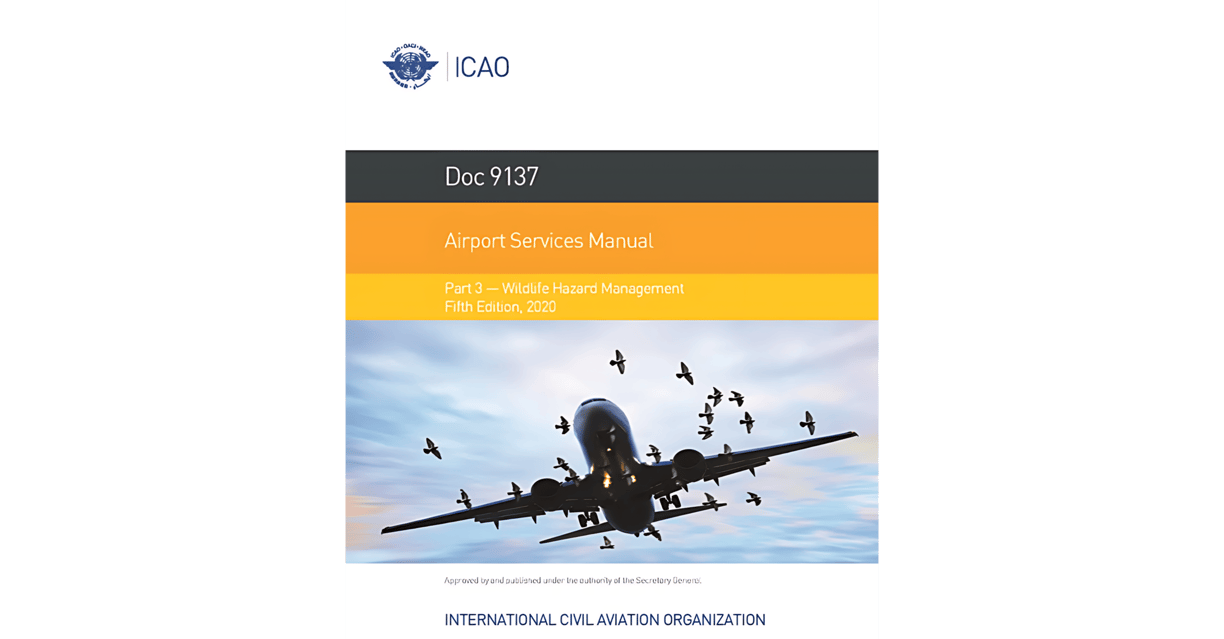Storytelling the Wildlife Risk Assessment at Aerodromes
A Guide on Wildlife Risk Assessment Based on ICAO Doc. 9137, Chapter 3
FUNDAMENTALS OF WILDLIFE HAZARD MANAGEMENT
Waleed MAHROUS
1/30/20252 min read


Wildlife risk assessment at aerodromes is often misunderstood—even by professionals. It involves probabilities, severity ratings, and risk matrices, all of which can seem complex at first glance.
But what if we simplify it? What if we transform it into a story—a practical scenario where we see the assessment process in action?
Let’s step into ABC Airport, where I, as the Wildlife Hazard Manager, take you through a real-life case study of risk assessment.
Step 1: Observing and Collecting Data 📊
Every aerodrome must first define the wildlife risk area and understand its local ecosystem. At ABC Airport, we continuously monitor the airfield and surroundings, identifying key wildlife species and their movement patterns.
This year, we identified three species of concern:
🦅 Common Kestrels: A regular sight at the airport, responsible for 9 recorded strikes, with 2 causing minor damage to aircraft.
🐦 Barn Swallows: Seasonal visitors appearing mainly in spring and summer, though no reported damage has occurred.
🦤 Griffon Vultures: New to the area, these massive birds (over 7 kg) were spotted frequently near the aerodrome, but no strikes have occurred yet.
Each of these species presents a unique risk, requiring assessment based on probability and severity.
Step 2: Estimating the Probability of a Strike 🎯
Probability is assessed based on:
✅ Wildlife presence (how often the species is seen).
✅ Behavior patterns (flocking tendencies, flight habits).
✅ Strike history (previous incidents and trends).
Using ICAO’s guidelines, we classified our species:
Kestrels = HIGH probability (frequent strikes and presence).
Barn Swallows = HIGH probability (seasonal, but abundant during that period).
Griffon Vultures = HIGH probability (new, but observed frequently near the aerodrome).
Step 3: Estimating the Severity of a Strike 💥
Severity depends on:
✅ Body mass (heavier birds cause more damage).
✅ Flock size (solitary birds vs. large flocks).
✅ Impact history (previously recorded damage severity).
We used ICAO’s categorization:
Kestrels = MODERATE severity (small birds, but capable of minor damage).
Barn Swallows = VERY LOW severity (tiny, lightweight, no reported damage).
Griffon Vultures = VERY HIGH severity (large body, possible flocking behavior, high risk to aircraft).
Step 4: Creating the Risk Assessment Matrix 📊
Using ICAO’s Risk Matrix, we combined probability and severity:


🔴 = Intolerable – Requires immediate action. 🟡 = Tolerable – Mitigation measures should be reviewed. 🟢 = Acceptable – No action required.
👉 What does this tell us?
The Griffon Vulture is a high-risk species that needs urgent mitigation before incidents occur.
The Kestrel requires enhanced control measures to lower its strike probability.
The Barn Swallow is low-risk, and existing mitigation strategies are enough.
Step 5: Taking Action – Applying Mitigation Measures 🛑
Based on our assessment, here’s what we did:
✔️ For Kestrels: Improved deterrents, adjusted land use, and reduced food attractants.
✔️ For Barn Swallows: Continued habitat management to minimize their presence.
✔️ For Griffon Vultures: Immediate intervention with advanced deterrents and collaboration with wildlife authorities to monitor and relocate them safely.
The Big Picture 🌍
Wildlife risk assessment is not just about ticking boxes—it’s about making real, informed decisions that save lives, protect aircraft, and ensure smooth operations at aerodromes.
By using ICAO’s methodology:
✅ We transformed complex risk calculations into actionable insights.
✅ We streamlined our Wildlife Hazard Management Plan (WHMP).
✅ We ensured a safe balance between aviation and wildlife.
References:
ICAO Doc. 9137 Part 3.

